Tarifa
Blog
The most southerly city in Europe, open to both seas and all the civilisations of the Mediterranean. It began to flourish when the castle was built in the 10th century under Abderramán III. Its urban appearance and the layout of its narrow, winding streets date from this period.
The municipal area boasts almost 38 kilometres of beaches, most of which are fine sand and shallow. The most beautiful are those of Les Lances, which have been declared a Natural Site and form a complex of beaches, dunes, pine groves and marshes.
Inland, part of its territory lies within the Los Alcornocales Nature Park.
Its municipal territory also includes the beautiful Ensenada de Bolonia and the ruins of Baelo Claudia.
History
Tarifa is the southernmost town in Europe. It was founded by the Romans in the 1st century.
Its municipal territory contains important archaeological sites, such as the Algarbes necropolis, the most important Bronze Age funerary monument in the province.
The Phoenicians, Greeks and Carthaginians settled on the Isle of Palomas. But Tarifa's importance began with the Romans and the settlements of Julia Traducta -Tarifa today-, Mellaria and Baelo Claudia -near the beaches of Bolonia-.
Its name comes from Tarif Ibn Malluk, a Berber chief who accompanied Tarik ben Zeyad, the Arab caudillo who defeated Don Rodrigo in the Battle of La Janda (711). Centuries of Muslim rule have left their mark on the town.
The town was reconquered in 1292 by Sancho IV of Castile, known as the Brave. Sancho put Alonso Pérez de Guzmán, Lord of Niebla and Nebrija, in charge of the town. In 1294, King Sancho's brother, the infant Don Juan, offered himself to King Mohamed II of Granada in order to betray the Crown of Castile and recover Tarifa. Given that it was impossible to storm the castle, Don Juan kidnapped Guzmán's son and threatened to kill him if he did not surrender the place. Guzmán's response to the threat is famous: ‘If you don't have a dagger to kill him with, here's mine’. For his defence of the town, Alonso Pérez de Guzmán was called ‘the Good’.
After the Christian conquest, the area was for a long time a border region with the kingdom of Granada. Following the fall of the Nazarite kingdom, it became a stronghold for the defence of the coast against Berber pirates. In the 18th century, Tarifa was an important military enclave against the English possession of Gibraltar.
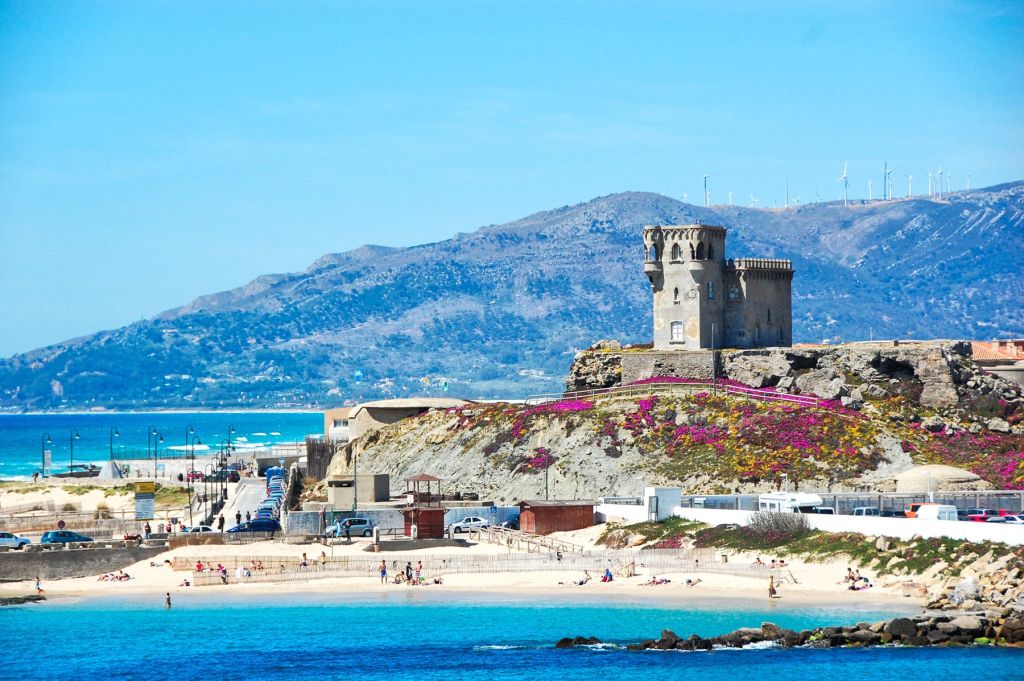
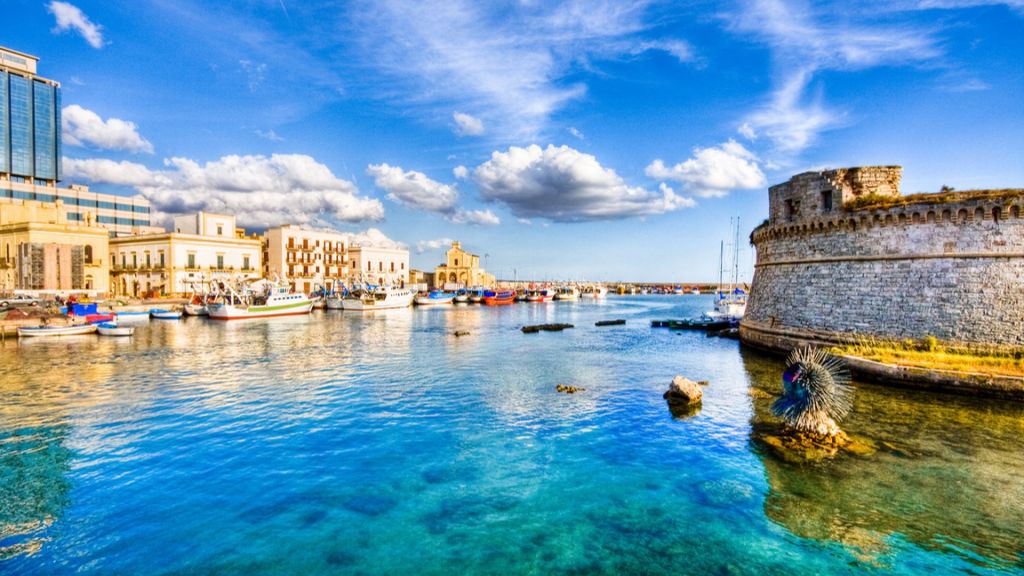
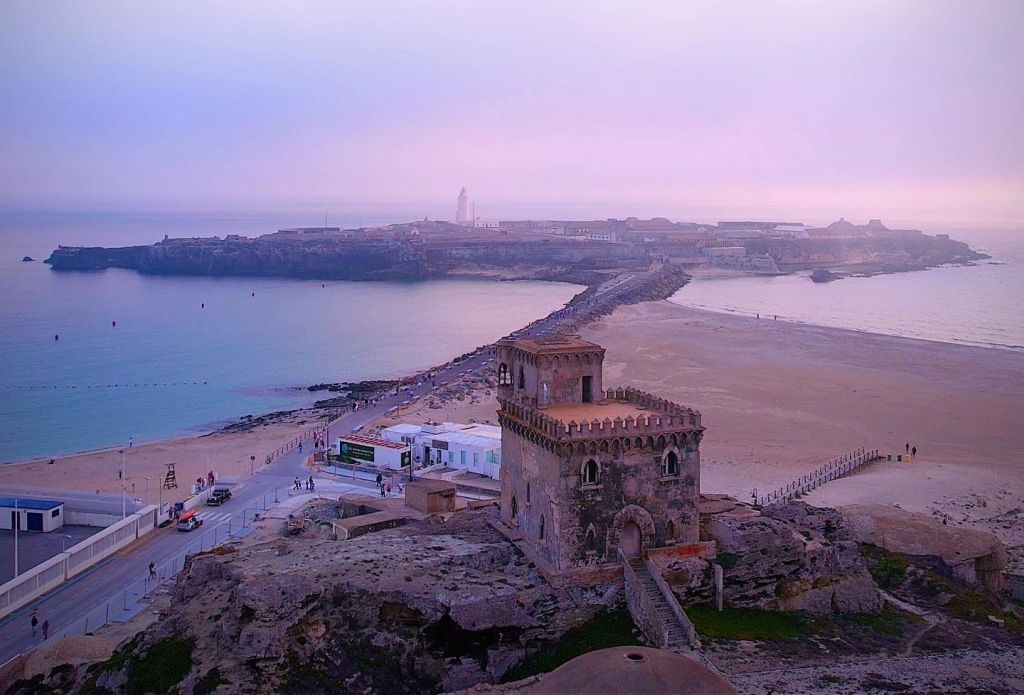
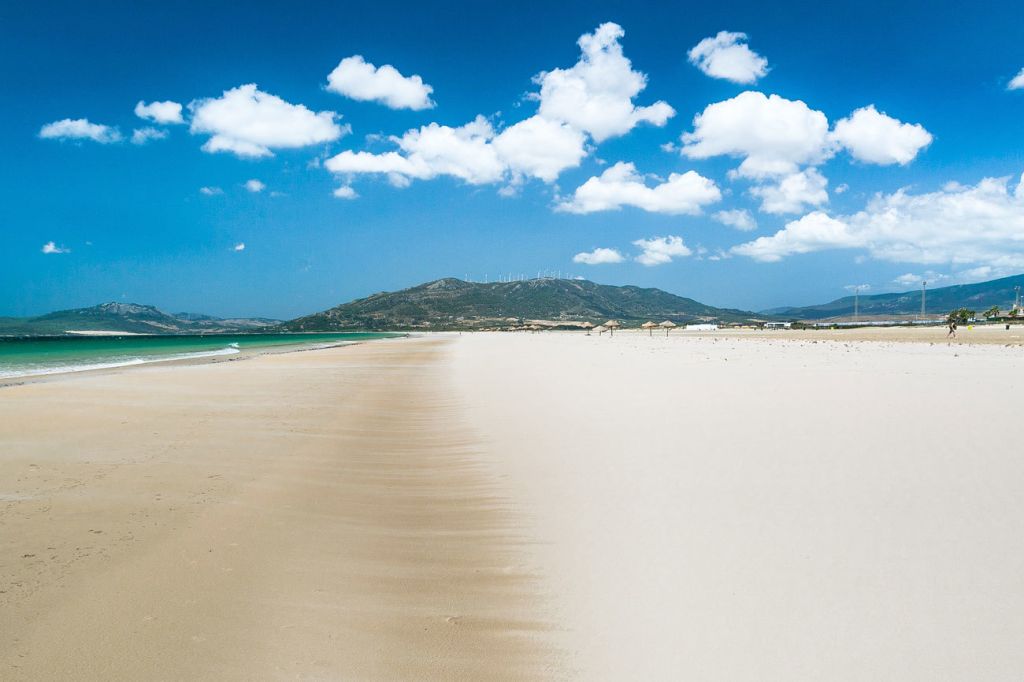
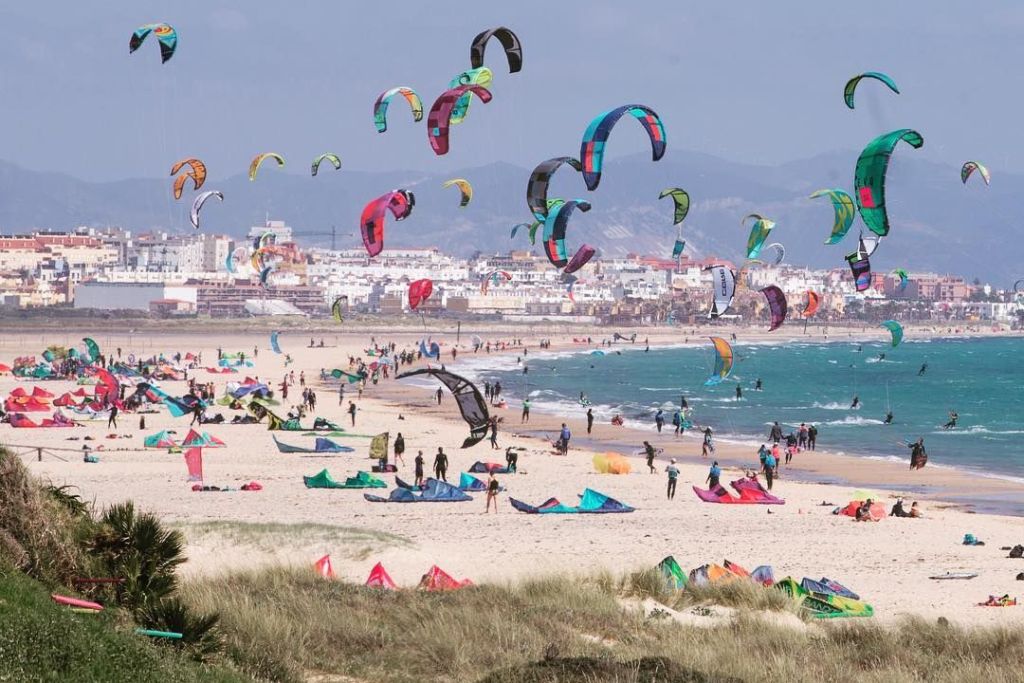
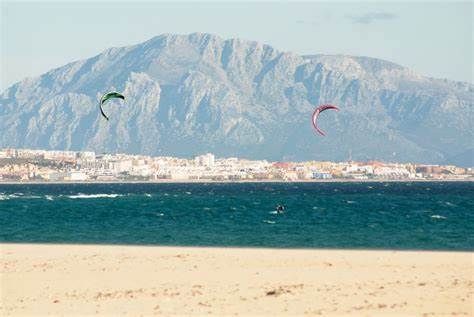
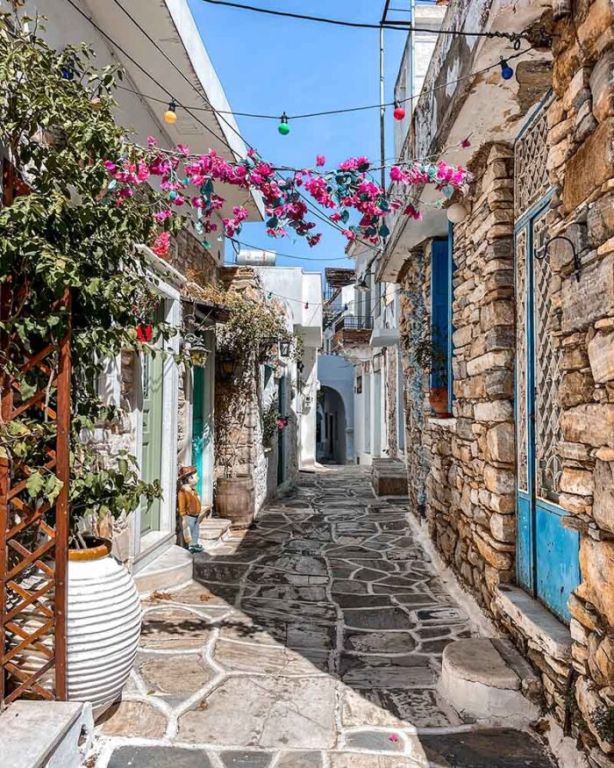
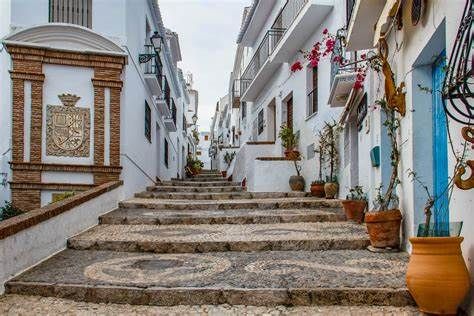
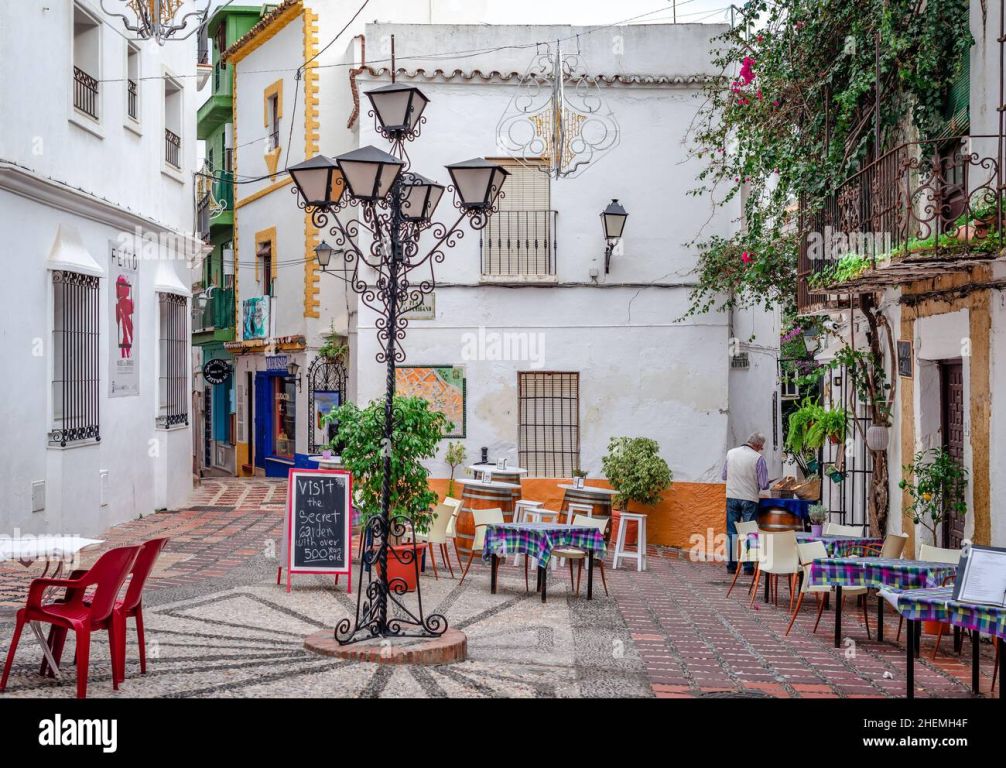
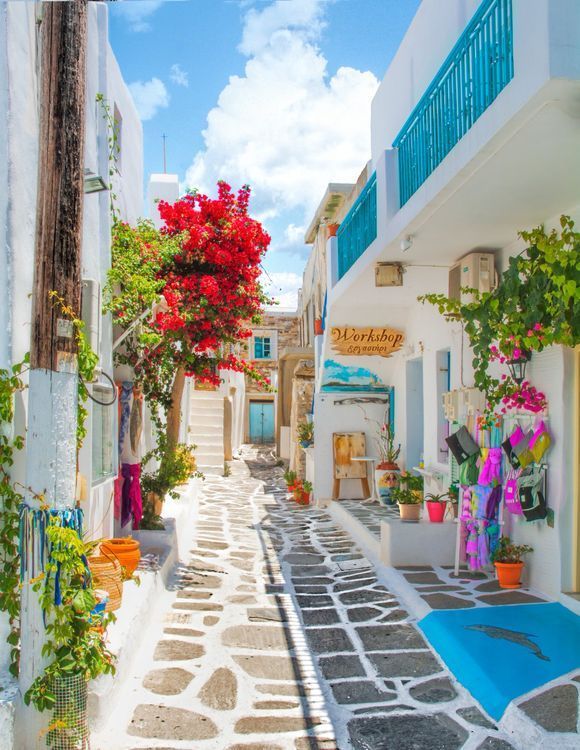
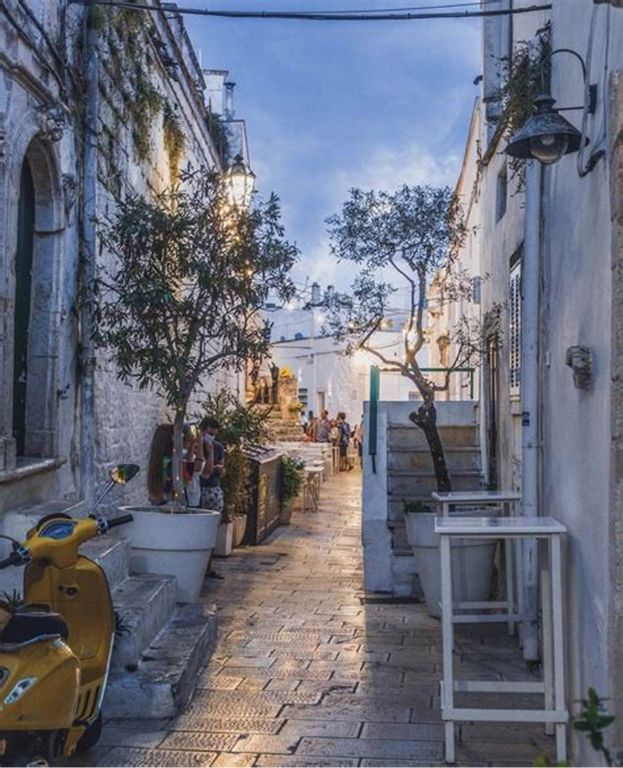

 Français
Français  Nederlands
Nederlands  Español
Español 


